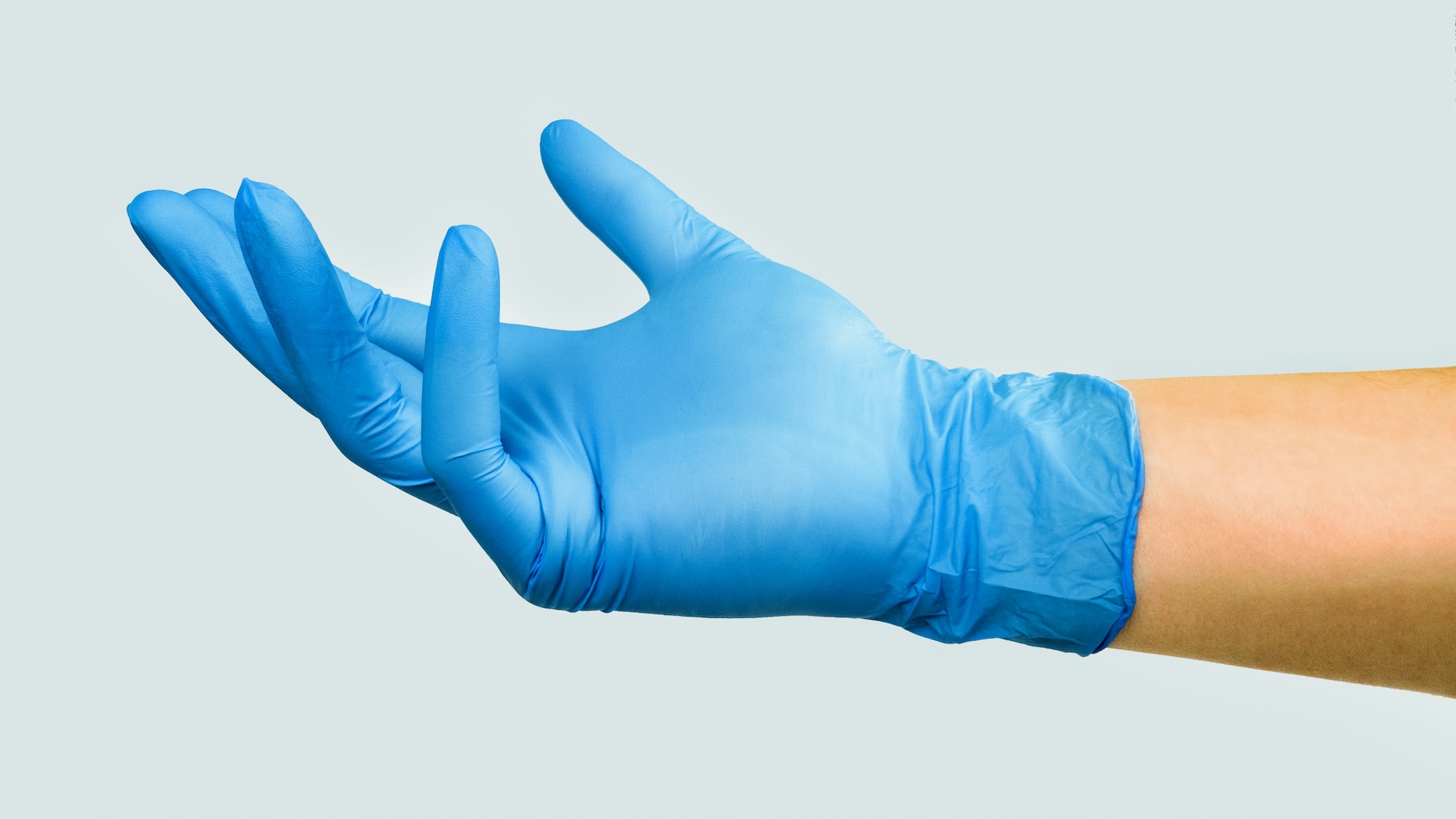What is a No Needle, No Scalpel Vasectomy?

Source: Unsplash
What is a vasectomy?
A vasectomy is a minor surgical procedure performed by urologists to achieve permanent sterilization in men. It is the sister procedure to a tubal ligation in women which also achieves permanent contraception.
Traditionally, one or two incisions are made in the scrotum to perform the procedure under general or local anesthesia. The vas deferens, or sperm transport tubes, are retrieved through these incisions and cut or cauterized. Once the vas deferens is severed on both sides (there is one tube for each testicle) sperm will no longer be able to enter the ejaculate from the testicle.
This eventually leads to azoospermia, which means that no sperm will be present in the semen. Once azoospermia occurs following a vasectomy, permanent birth control has been achieved and the chance of pregnancy is less than 1%..
How is a no needle, no scalpel vasectomy performed?
While some urologists prefer to use general anesthesia when performing a vasectomy, the procedure can be done under local anesthesia with minimal discomfort. Local anesthesia is typically administered using a needle placed into the scrotum. As one might imagine, a needle jab into the scrotal sac is fairly unpleasant.
The no needle technique uses a device called a jet injector to administer local anesthesia in lieu of a painful needle. An oral sedative may also be used to reduce procedural anxiety. The jet injector device uses air pressure to deliver local anesthesia into the scrotal skin. It is far more comfortable than a needle stick.
Instead of making one or two incisions in the scrotum, a no scalpel technique is performed through a small puncture wound in the scrotal skin.The opening in the skin is smaller than an incision and heals faster. Both vas deferens tubes can be dealt with through this one small opening in the skin that will heal with no stitches needed.

Source: Unsplash
What is the point of a no-scalpel vasectomy?
The point of a no-needle no-scalpel vasectomy is that it is less invasive and more comfortable compared to traditional approaches. Therefore, it can obviate the need for an expensive and more risky general anesthetic in a hospital or surgery center. The patient is far more comfortable since a painful needle stick is avoided. The procedure is essentially painless when performed by an experienced surgeon.
Furthermore, the minimally invasive nature of the no scalpel approach reduces tissue trauma which makes recovery easier and faster. There is less postoperative discomfort and swelling. The risk of bleeding and infection are minimized. Most men can resume light physical activity in 24-48 hours.
In rare cases, a surgeon may recommend that a patient receive general anesthesia for their vasectomy. This can be due to anatomical factors that would make the surgery difficult under a local anesthetic. Or, some men have such high levels of anxiety that a general anesthetic is preferred. However, even if a general anesthesia is recommended, the minimally invasive scalpel free technique can still be performed by your surgeon.
Is a vasectomy better with or without a scalpel?
In general, a no needle no scalpel vasectomy is considered a minimally invasive approach compared to the traditional vasectomy technique. Using a local anesthetic carries fewer risks compared to a general anesthetic. The small puncture wound used with the no scalpel technique is less traumatic to the scrotum leading to faster healing times compared to a conventional vasectomy.
In terms of birth control effectiveness, they are equivalent. Both the no needle, no scalpel technique and a more traditional vasectomy prevent pregnancy exceedingly well. The actual surgery on the vas deferens is actually very similar. The no needle, no scalpel technique is just a kinder, gentler way of gaining access into the scrotum to perform the surgery.
While both conventional and the more modern minimally invasive technique have low complication rates, the no needle no scalpel technique probably has a slight advantage in terms of recovery and being lower risk.
The most important factor that determines a good surgical outcome with few complications is surgeon experience. You would be better off having a traditional vasectomy by a talented surgeon who has performed thousands of scrotal surgeries than a no needle no scalpel vasectomy done by an inexperienced surgeon fresh out of training. If surgeon training and experience are equivalent, the no needle no scalpel technique is the way to go.
Is a no-scalpel vasectomy less effective?
Absolutely not. While vasectomies can fail, the no scalpel vasectomy is just as good at preventing pregnancy when compared to scalpel vasectomies. The chance of a vasectomy failure in experienced surgical hands is around one in 1,000-2,000 procedures. A well performed vasectomy is superior at preventing pregnancy compared to any other form of contraception including a tubal ligation in women.

Source: Unsplash
What is recovery like following a no needle no scalpel vasectomy?
The no needle no scalpel vasectomy is the least invasive surgical technique available for permanent sterilization in men. But, it is still surgery therefore some recovery is needed. Most surgeons recommend 24-48 hours of ice and couch rest following a minimally invasive vasectomy. Pain control is easily achieved with Tylenol.
After a few days of couch rest and ice, most normal daily activities of living can be resumed. Heavy lifting, strenuous exercise, sexual activity and swimming should be avoided for 7 full days. After one week, most men have zero restrictions.
Is sterility achieved immediately following a vasectomy?

Source: Unsplash
Unfortunately, it is not. Men are still very fertile immediately following any vasectomy procedure so other birth control methods must be used to avoid an unwanted pregnancy. It takes about 25-30 ejaculations to achieve zero sperm (azoospermia) in the ejaculate following a vasectomy. This must be confirmed by performing a post-vasectomy semen analysis.
Basically, this test is performed by having patients masturbate and ejaculate into a specimen cup at home. The specimen is then taken to their doctor’s office or a local laboratory so that the semen can be examined carefully under a microscope. Some doctors prefer to see two consecutive post-vasectomy semen analyses verifying azoospermia before telling couples they can discontinue alternative contraception.
What are the risks of a vasectomy procedure?
The risks of any vasectomy procedure, regardless of surgical approach can include the following: failure with unwanted pregnancy, bleeding, infection, drug/anesthesia reactions, vasovagal episodes, epididymal cysts and chronic pain.
Patients should be well informed of these risks after having a detailed discussion with their doctor. Men should expect to have a urologist answer questions before consenting to a vasectomy procedure.
The bottom line:
A vasectomy is a minor surgical procedure for men wishing to achieve permanent contraception. The modern no-needle, no-scalpel approach to vasectomy is the least invasive and most comfortable way to undergo a vasectomy. Find an experienced surgeon and make sure you are well informed..
